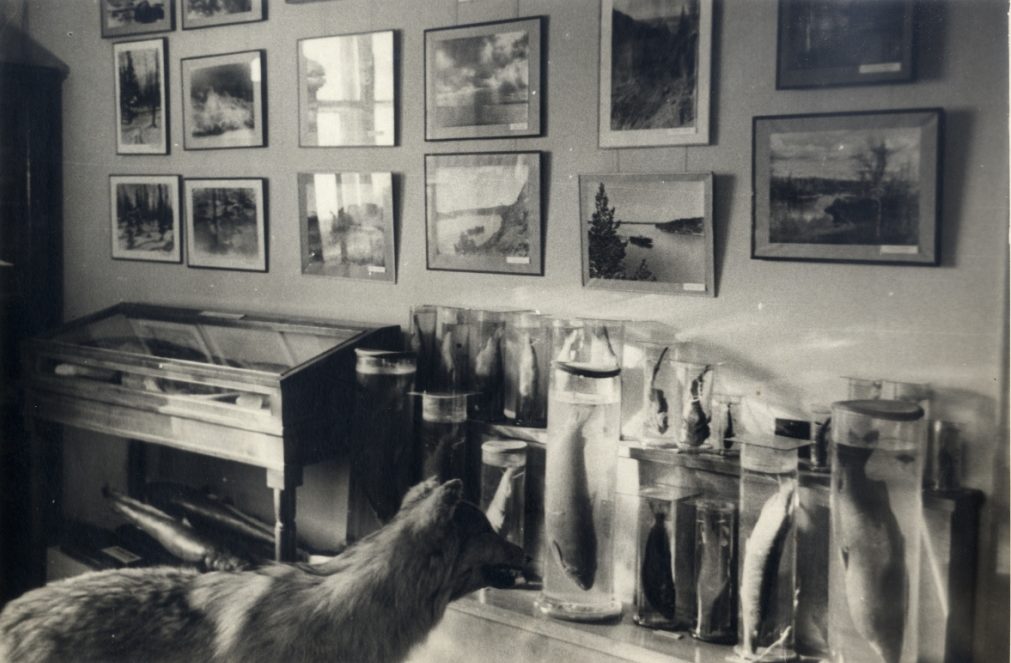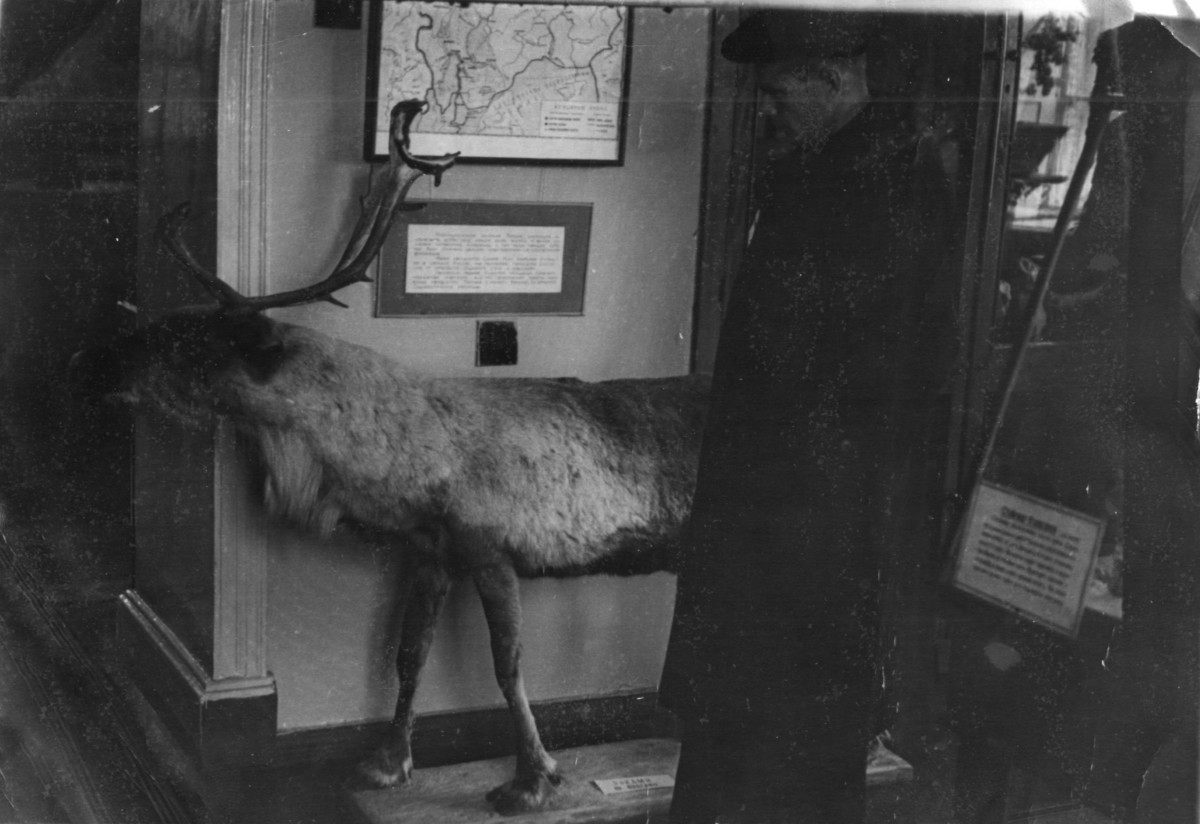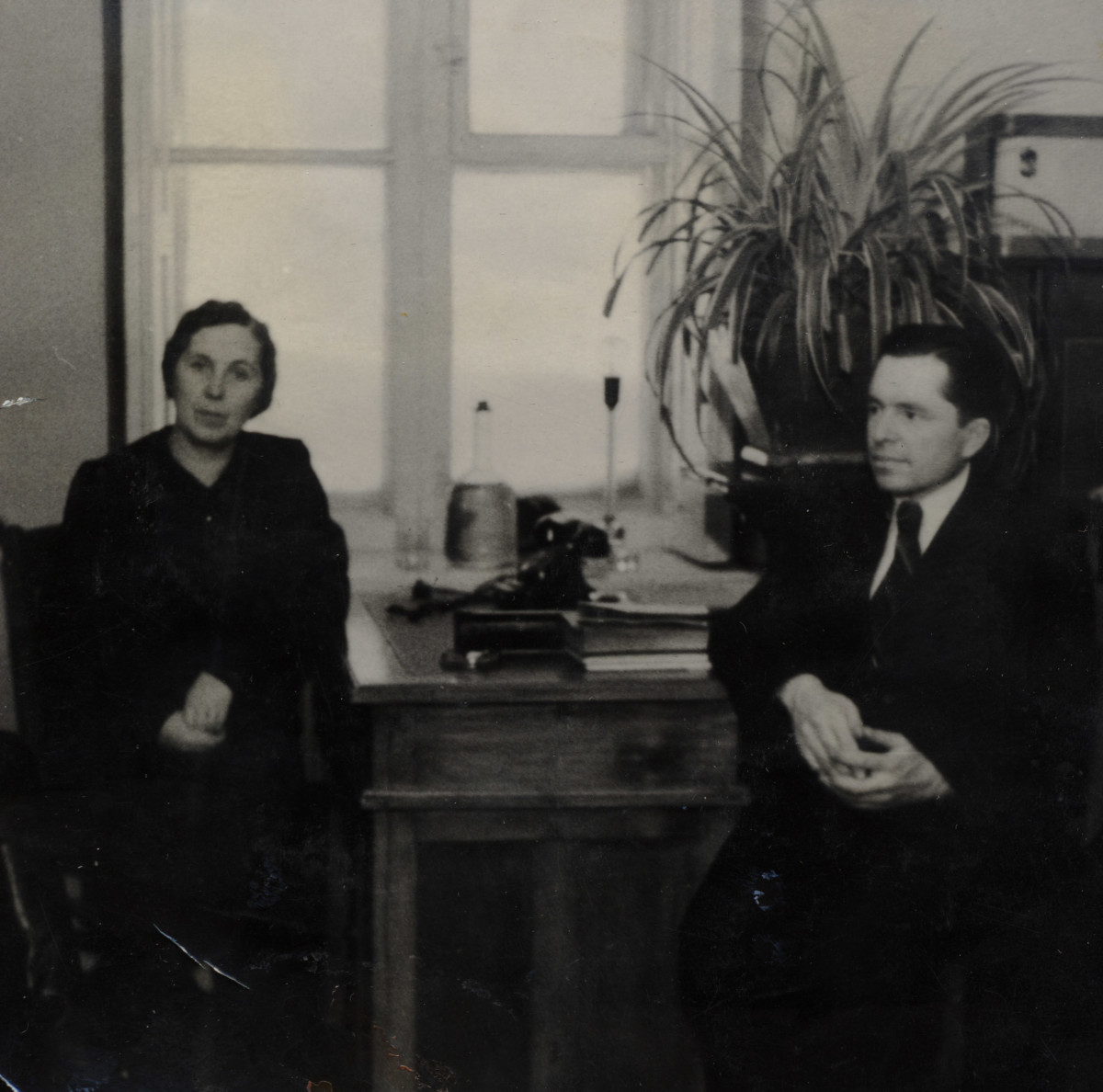#ARCTIC. #SIBERIA. THIS IS TAIMYR. It was rather a scientific exposition – not for visitors, but for geologists: a kind of chronology of their discoveries, not on paper, but in stone.
Two years later, in 1941, another, similar order was issued to create a museum on the basis of the geological department ‘in order to study the Norilsk deposits more fully, preserve materials on the geology of Norilsk and popularize geological knowledge’. This duality of the two orders hints that Zavenyagin’s 1939 order was not carried out in full.
In the early 1940s, a geological exposition was placed in the basement of a barrack on Zavodskaya street. According to the museum workers’ memoirs, the collection was not worse than the central geological museums of the USSR in terms of its content. Which is not surprising, because the samples were brought by such Norilsk geologists as Urvantsev, Sheinmann, Saprykin.
A few years later, the highly specialized geological museum turned into the Museum of the Norilsk combine of the USSR Ministry of Internal Affairs. A separate wooden house on Ozernaya street in the old town was given for that. In addition to geological collections, there were also departments of local history, the Norilsk deposit discovery history, the city construction history, and even a section dedicated to the Avam district, as well as zoological, ethnographic and agricultural collections.
In those years, the Norilsk Museum, on the one hand, was departmental, and the letters MIA in the title obligated: even its guide catalog was a secret document. On the other hand, the management of the plant took into account the cultural needs of workers, students and schoolchildren and opened a permanent exhibition for everyone to see. In the 1950s, in the local newspaper, it was already called the City Museum of Local Lore, and in 1960 it was located in the House of Technology on Komsomolskaya street, 12.
However, in 1965 the museum was liquidated: one and a half thousand exhibits simply went from hand to hand or were thrown away. In 1971, the historical production museum was again reborn at the House of Technology.
In the History Spot photo project previous publication we told that Snezhnogorsk could have another name.
Follow us on Telegram, VKontakte.
Text: Svetlana Ferapontova, Photo: Nornickel Polar Branch archive






